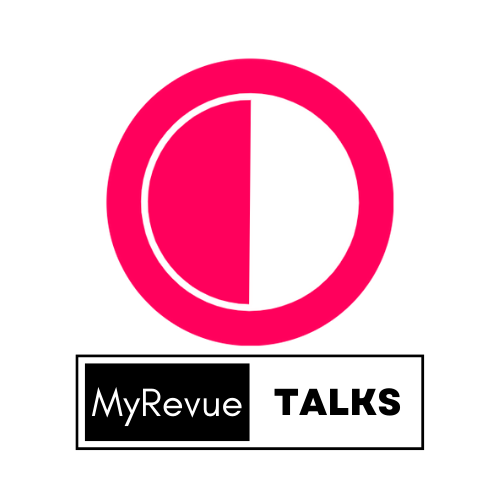UGC and its impact on brand social media engagement rates
UGC has a significant impact on brand social media engagement rates. UGC's relatability, ability to evoke emotions.

Written by Shivangi
Updated on 14/07/2023
<p class="MsoNormal"><br>
User-generated content (UGC) has a significant impact on brand social media
engagement rates. Let's explore how UGC influences social media engagement:<o:p></o:p></p><p class="MsoNormal"><br></p>
<p class="MsoNormal">Increased User Engagement:</p><p class="MsoNormal">a. UGC as Relatable Content: UGC
is often created by real customers and users of a brand's products or services.
This relatability factor makes UGC more appealing to social media users,
increasing their likelihood of engaging with the content. UGC provides a sense
of authenticity and connection that can lead to higher engagement rates.<o:p></o:p></p><p class="MsoNormal"><br></p>
<p class="MsoNormal">b. Emotional Connection: UGC has the potential to evoke
emotions in social media users. UGC-based content such as customer
testimonials, stories, or experiences can resonate with the audience and
trigger emotional responses. Emotional connections drive higher engagement
rates as users are more inclined to like, comment, and share UGC that elicits a
response from them.<o:p></o:p></p><p class="MsoNormal"><br></p>
<p class="MsoNormal">Social Proof and Trust:</p><p class="MsoNormal">a. UGC-Based Social Proof: UGC
serves as social proof that validates the brand's offerings. When social media
users see UGC-based content, such as positive reviews, customer photos, or
testimonials, it reinforces the credibility and trustworthiness of the brand.
UGC-based social proof encourages users to engage with the content, increasing
engagement rates.<o:p></o:p></p><p class="MsoNormal"><br></p>
<p class="MsoNormal">b. Trust-Driven Engagement: UGC enhances trust in the brand
and encourages users to engage with social media content. When users trust the
authenticity of UGC and perceive it as genuine customer experiences, they are
more likely to engage with the content through likes, comments, and shares.
Trust-driven engagement is a result of UGC-based content fostering credibility
and reliability.<o:p></o:p></p><p class="MsoNormal"><br></p>
<p class="MsoNormal">User Involvement and Participation: </p><p class="MsoNormal">a. UGC-Driven User
Involvement: UGC encourages user involvement and participation. By actively
encouraging users to create and share UGC, brands can foster a sense of
community and engagement. UGC-driven user involvement creates a sense of
ownership and pride among customers, leading to higher engagement rates as they
interact with UGC-based content.<o:p></o:p></p><p class="MsoNormal"><br></p>
<p class="MsoNormal">b. UGC-Based Contests and Challenges: Brands can leverage
UGC-based contests, challenges, or campaigns to promote user participation and
engagement. By encouraging users to create UGC related to a specific theme or
hashtag, brands generate a wave of engagement as users participate in the
contest or challenge and share their content on social media.<o:p></o:p></p><p class="MsoNormal"><br></p>
<p class="MsoNormal">Content Variety and Freshness: </p><p class="MsoNormal">a. UGC Diversifies Content:
UGC adds variety to a brand's social media content mix. By incorporating
UGC-based content alongside brand-generated content, brands offer a fresh and
diverse perspective. This content variety keeps social media users engaged and
interested, leading to higher engagement rates.<o:p></o:p></p><p class="MsoNormal"><br></p>
<p class="MsoNormal">b. UGC-Based Sharing and Resharing: UGC-based content is
often shared and reshared by social media users. When users come across UGC
that resonates with them, they are more likely to share it with their own
followers and networks. UGC-based sharing and resharing contribute to increased
visibility and reach, which in turn leads to higher engagement rates.<o:p></o:p></p><p class="MsoNormal"><br></p>
<p class="MsoNormal">In summary, UGC has a significant impact on brand social
media engagement rates. UGC's relatability, ability to evoke emotions, and
social proof enhance user engagement. UGC-driven user involvement and
participation foster a sense of community and ownership, resulting in higher
engagement rates. UGC's content variety and freshness keep social media users
interested and engaged. By leveraging UGC effectively, brands can increase
social media engagement rates, expand their reach, and foster a thriving online
community.<o:p></o:p></p>
<p class="MsoNormal"><o:p> </o:p></p>
